Your home should be the place where you recharge, relax, and feel good; but if it’s not that way, if you feel like your home is depressing and it doesn’t help you recover from the anxiety and stress that inevitably builds up throughout the day, then it’s time to take action!
Before we begin, I want to emphasize that I’m not a doctor; and I certainly don’t claim that making changes at home can cure severe, diagnosed depression.
That said, the suggestions I’ll give you certainly can’t do any harm!
– PAY ATTENTION TO COLORS
As mentioned multiple times, colors have a strong psychological impact on us!
It’s a highly discussed topic; you can find numerous books and studies about it.
If you’re generally interested, I’ve talked about it here.
In general: we can say that cool colors like blues, greens, and purples are relaxing colors, while warm colors like reds, oranges, and yellows are enveloping and comforting.
As I explained in the video, each color has both positive and negative meanings, so for example, blue can be calming for one person and saddening for another!
Therefore, when choosing a color, focus not only on aesthetic preferences but also (and preferably) on how it makes you feel.
Also, remember that the same color can be more or less saturated; this, too, can change their impact on us!
Less saturated colors, leaning towards gray, are definitely more relaxing, whereas more vibrant and saturated colors will be more energizing!
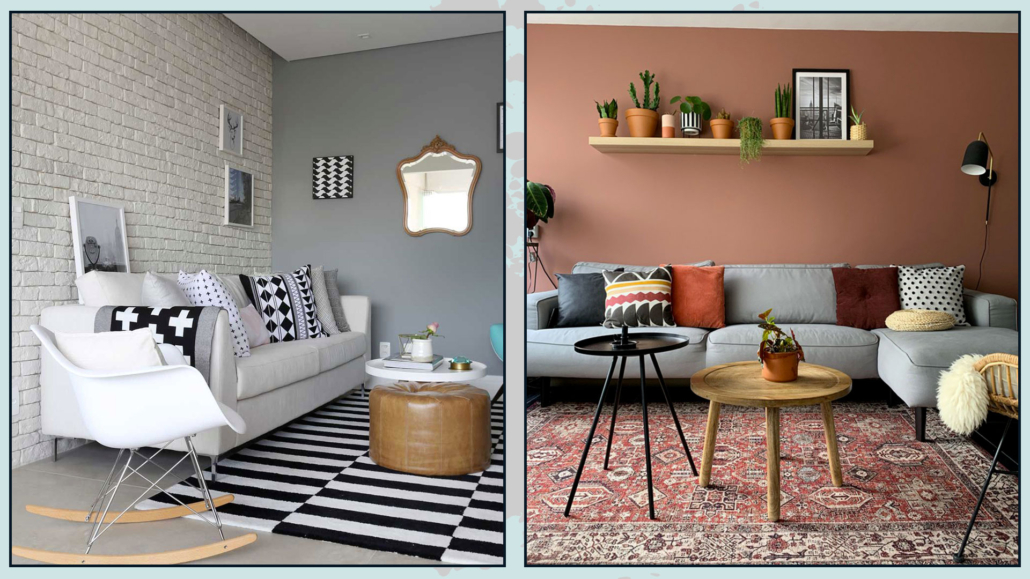
(credits: marianaorsi.com.br; Enorm d’ Acheteromme)
– BRING NATURE INTO YOUR HOME
Every time I’ve talked about plants, I’ve discussed their ability to make us feel closer to nature and the capacity of many of them to purify the air.
There are numerous studies showing that plants help reduce stress and improve mood!
Furthermore, it’s equally proven that caring for plants and watching them grow helps to deal with loneliness and sadness.
In short, the benefits of having plants at home are numerous and scientifically proven!
And you know what’s great? You get these benefits even if you use artificial plants!!
I know I’ve always said it, and I’ll reiterate: proper plants are better, but if for a thousand reasons, you can’t or aren’t able to take care of live plants, then artificial ones are better than nothing!
Of course, I’m talking about good-quality artificial plants that can look real at first glance.
That somehow tricks the mind into providing the same benefits as live plants!
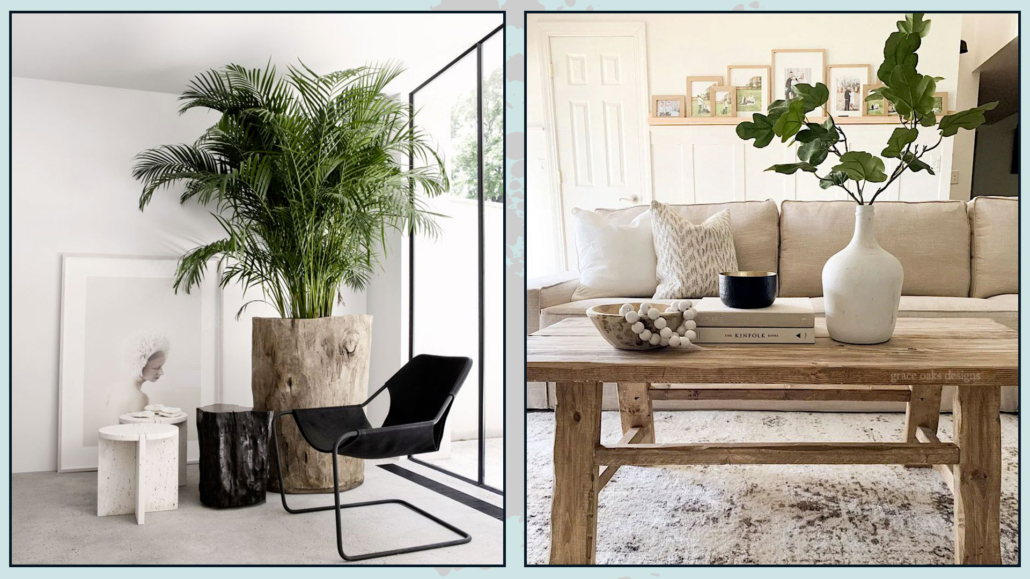
(credits: amdesigns.com; grace oaks designs)
– INCORPORATE NATURAL ELEMENTS
The concept is quite similar to what I discussed about plants!
Feeling connected to nature makes us feel better!
Unfortunately, the fast-paced daily life often doesn’t allow us to spend time outdoors, away from the hustle and bustle of the cities, and sometimes we can’t even manage a simple promenade in the park!
That’s where bringing nature into your home becomes vital, and not just through plants!
Using natural elements like wood and stone, wicker and fabrics such as cotton, linen, and silk can be a real boon!
If you have a lot of laminate furniture, it’s not like you have to replace all of it!
Think about clay pots, a wooden coffee table, wicker baskets, and throw blankets on the couch: adding these touches of nature will bring a bit of warmth to your home!
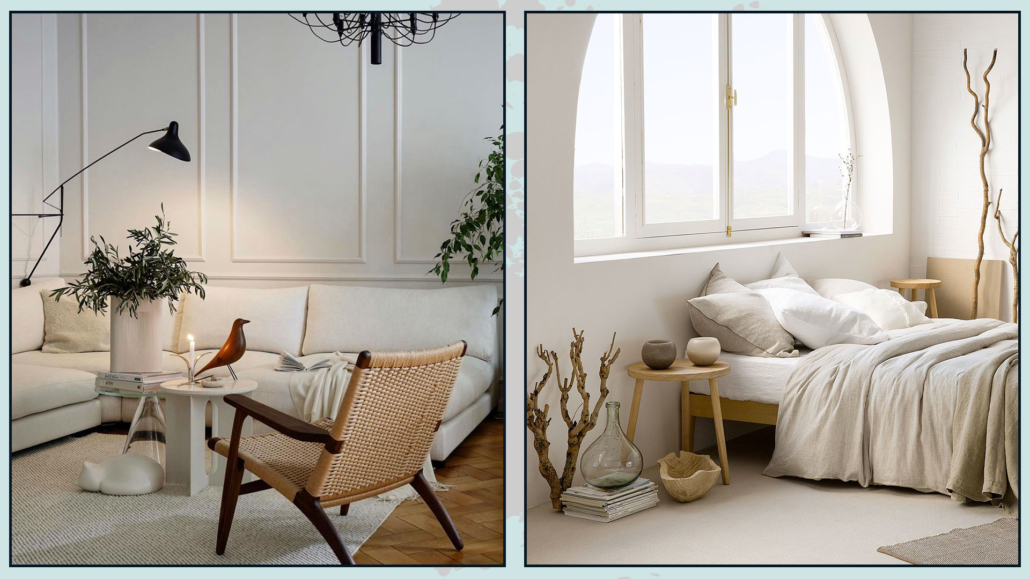
(credits: @tthese_beautiful_thingss; zara home)
– PAY ATTENTION TO CLUTTER
Clutter is an “energy drainer” and can lead to anxiety and depression!
A clean and organized home is paramount for feeling good in your space!
It is true that if you are feeling a little down, clean and tidy your house is not the first thing you would want to do!
However, it’s equally a fact that a chaotic home can bring one mood down even more, and one risks getting into a vicious cycle!
Maybe you’re not alone at home, so not everything depends on you.
In this case, I suggest starting with an area, a small corner that can become your sanctuary!
One initial step to get things in order would be to throw out items you no longer use or have no more purpose.
Clearing spaces of unnecessary things will breathe new life into your home and into you!
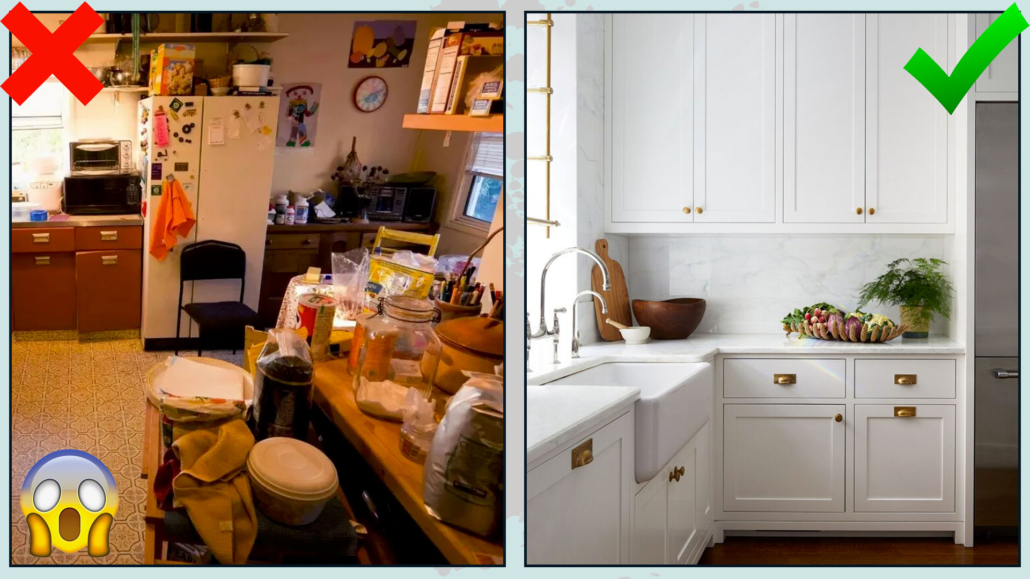
(credits: pinterest; jambk)
– WATCH OUT FOR SHARP EDGES
Shapes that are overly rigid and have sharp edges can subconsciously evoke feelings of anxiety.
It might sound unbelievable, but our brains perceive such shapes as dangerous, putting us in a constant state of alertness/survival.
To “soothe” the mind, it’s enough to introduce furniture and objects with curved, soft, and flowing shapes.
In fact, the return to curved forms has become an increasingly prevalent trend in recent years!
Of course, not everything needs to become curved – that’s a given – but being able to soften the environment will undoubtedly help!
It takes very little: a rounded mirror or even just a softly draped blanket over a “sharp-edged” armrest.
For furniture, doors, or windows, you can pay attention to the handles and replace them if needed.
Drapery curtains can definitely be a considerable aid for windows!
As you can see, you don’t have to change everything; a few details are enough!
When making new purchases, consider opting for items that aren’t sharp-edged to create a less rigid atmosphere!
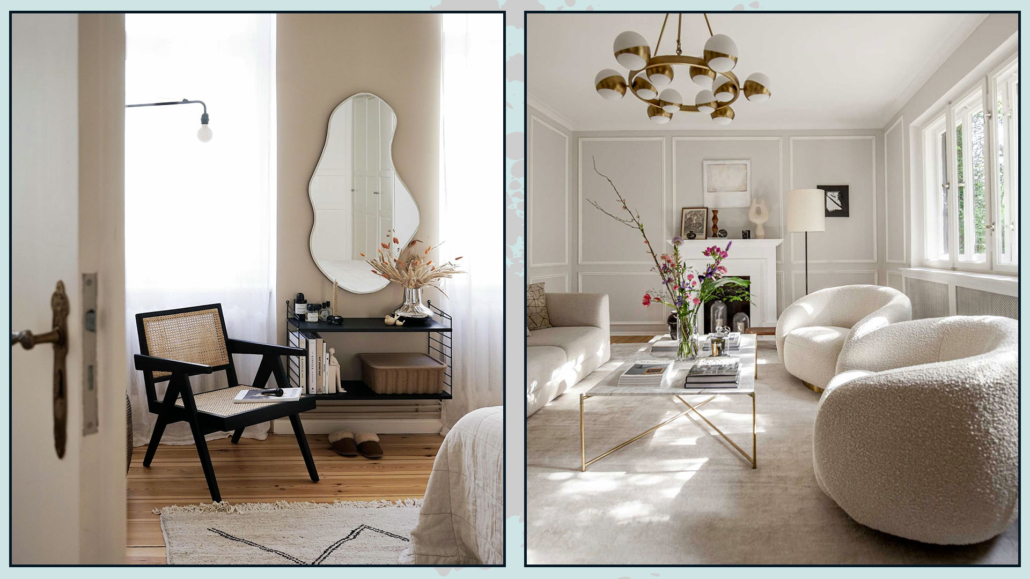
(credits: ferm living; editionnoire.com)
– MAKE USE OF NATURAL LIGHT AS MUCH AS POSSIBLE
Natural light has positive effects on us: there are many studies about it.
In fact, populations in the northern regions, who experience darkness for several months a year, tend to have a higher tendency towards depression.
So, try to take advantage of the natural light that enters your home as much as possible!
Use light filtering blinds to avoid blocking the light, and opt for light colors on the walls to reflect it throughout the room.
You can also incorporate mirrors to amplify the light, especially if your home isn’t naturally very bright!
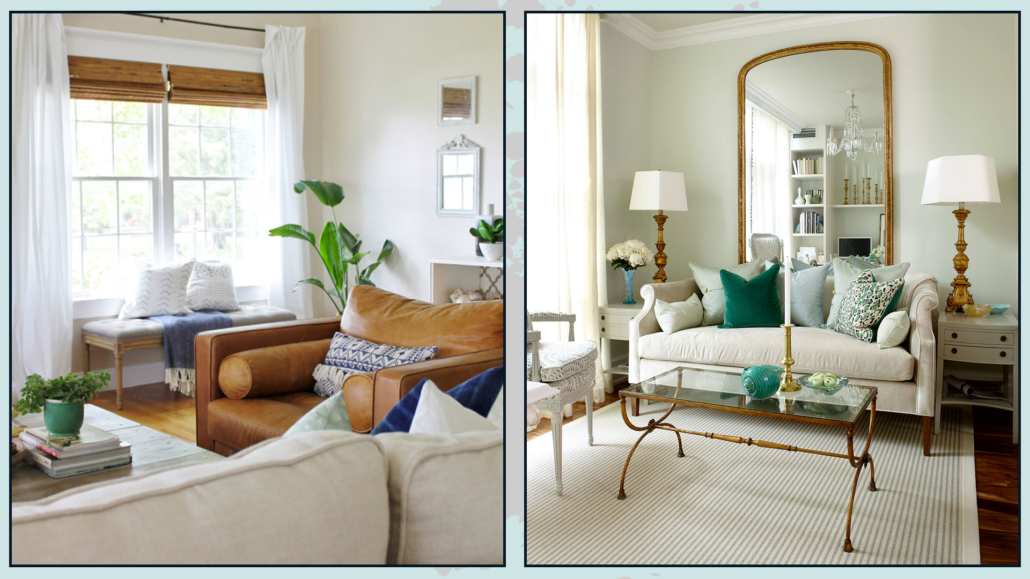
(credits: cityfarmhouse.com; Sarah Richardson Design)
– ATTENTION TO ARTIFICIAL LIGHTING
It’s paramount to consider the proper use of artificial lighting, both in terms of quantity and power and especially in terms of “color.”
Rooms should be illuminated appropriately based on the activity that takes place, and lighting should be as adjustable as possible in terms of intensity and color.
Let me explain: Imagine you have an open-space living area with a dining section.
When you’re having a meal, the lighting should be sufficiently strong to see your food clearly.
This light can also have a natural color temperature to maintain the true colors of the food.
However, once you move to the sofa to read or watch TV, the room should have softer illumination, and the color temperature should become warmer to promote relaxation.
If you want to learn more about lighting, I explain it here.
The same applies to the bedroom: if you’re searching for something in the closet or getting dressed, you might need slightly brighter and more natural lighting.
But if you’re in bed watching TV (though it’s better not to have it but…) or reading a book, then softer and less intense lighting is preferable.
Warm light resembles sunset hues and aids in preparing for sleep!
For this reason, it’s a great idea to have multiple light sources as well as invest in dimmable lights and bulbs that can adjust their color temperature!
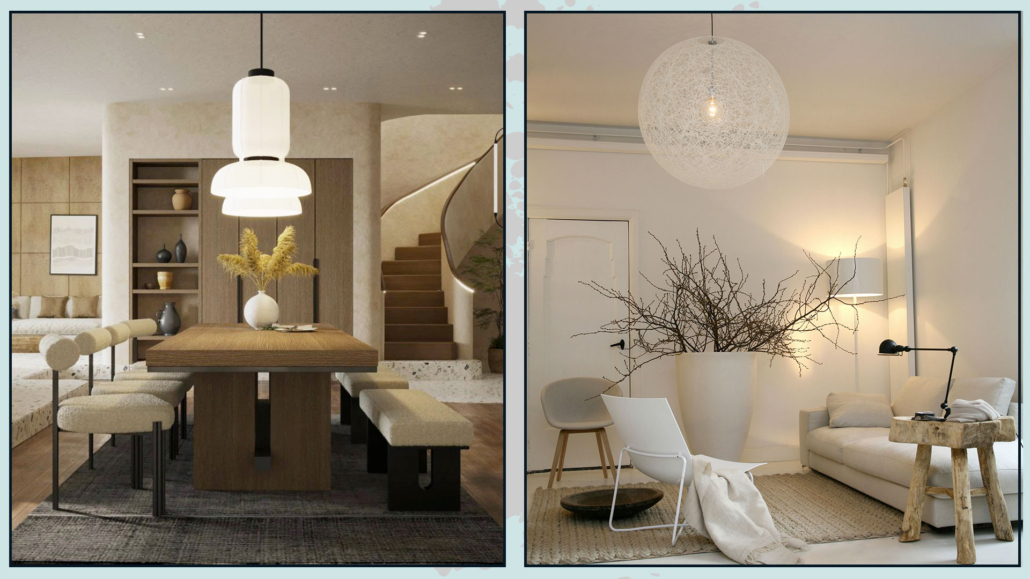
(credits: Meta Design; nomadbubbles.com)
I hope this article has been helpful and enjoyable for you. If so, let me know in the comments!
Feel free to share it with anyone you think might be interested, I would be honored, and it will help me gain more exposure.
If you feel that your home, or any specific area of it, doesn’t reflect your personality enough, don’t wait any longer and book your consultancy!
This post is also available in: Italian

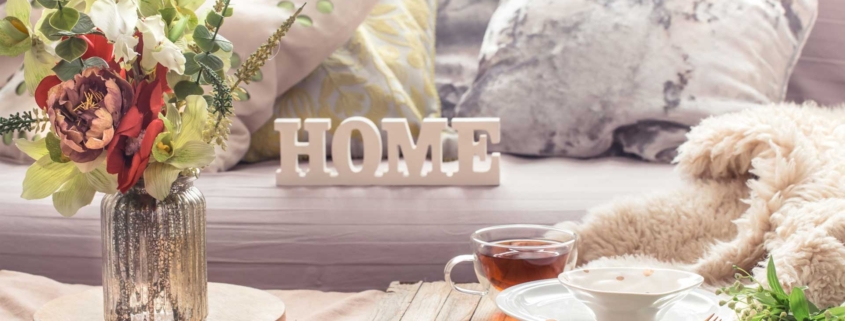
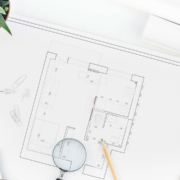
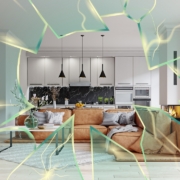
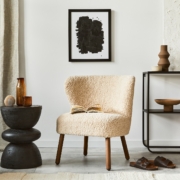
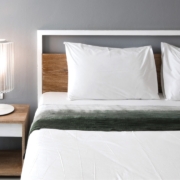
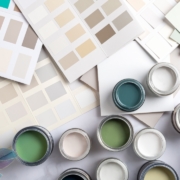



Leave a Reply
Want to join the discussion?Feel free to contribute!